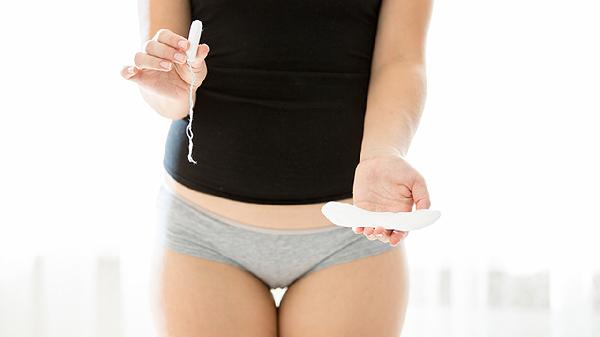Women who have given birth experience a noticeable change compared to before they had children, which is the development of stretch marks on their stomachs. This is one of the "costs of love." Stretch marks are very difficult to eliminate and often stay with women for life, making them a source of concern for many. Why do so many women develop stretch marks after giving birth? And how can they be avoided? Let’s dive in and explore.

Why do many women develop stretch marks after giving birth?
As a woman’s belly grows day by day during pregnancy, the collagen in the dermis layer of the skin becomes insufficient. When the skin is stretched beyond its capacity, the fibers can tear, resulting in scar-like streaks known as stretch marks. However, some women never develop stretch marks no matter how many children they have, while others develop them within just a few months of pregnancy. This is related to individual body types as well as postnatal care practices. Since stretch marks are extremely hard to remove once they appear, prevention is crucial.
How can stretch marks be avoided?
1. Control the rate of weight gain
Many expectant mothers, in their effort to provide sufficient nutrition for their baby, eat without restraint, consuming whatever is nutritious. This can lead to rapid weight gain. If the rate of weight gain exceeds what the skin can handle, it can cause the skin’s fibers to tear, resulting in stretch marks. To prevent stretch marks, it’s important to control the rate of weight gain. Ideally, weight gain during the first, second, and third trimesters should not exceed 2 kilograms per month.
2. Use a maternity support belt in the third trimester
A maternity support belt is a great tool. It helps support the weight of the belly, reducing excessive pressure on the skin and thereby helping to prevent stretch marks. So, it’s a good idea to start using a maternity support belt in the third trimester. Not only does it help prevent stretch marks, but it also eases the strain of carrying a heavy belly.
3. Keep the skin on the belly moisturized
During pregnancy, the skin tends to become drier and less elastic, which can also lead to stretch marks. Therefore, it’s important to start applying moisturizing lotion early in pregnancy. There are many popular stretch mark prevention lotions on the market today. Expectant mothers can research the ingredients and, if they’re safe, use them consistently. Lotions with moisturizing properties can improve the skin’s elasticity, making it more resilient and helping to prevent stretch marks.
While postpartum stretch marks may be unsightly, they are also a testament to a mother’s love. It’s important to take preventive measures during pregnancy, but if stretch marks do appear, it’s best to accept them gracefully rather than dwell on them.
























